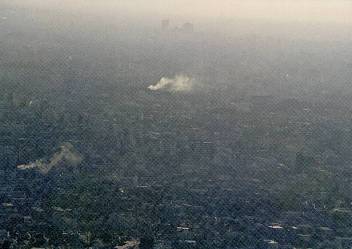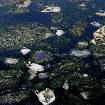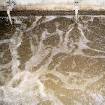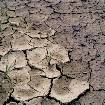Home > Outline of Japan's Industrial Pollution Abatement
Main content starts here.
Update:April 1, 2010
Outline of Japan's Industrial Pollution Abatement
Being enhanced by glowing social demand in the 1960's, Japan has been vigorously proceeding with controls against 7 major pollutions - air pollution, water pollution, soil pollution, ground subsidence, offensive odor, noise and vibration - through the joint effort of the government and private enterprises.As a result of, environmental quality has been gradually improved since 1972 and now enjoys a marked result unparalleled in the world. Meanwhile, the GDP has also stably grown on an annual average to prove the successful reconcilement of environmental protection and economic growth.
With respect to development of pollution control techniques, proper technologies are carefully selected according to their feasibility. For example, for the development of fuel oil desulfurization and flue gas desulfurization, emission standards have been established according to the level of technological achievement by the collaborative effort of the government and private enterprise. The Government has also adopted the incentives in finance and taxation thereby encouraging the accomplishment of stringent environmental standards.
This can be represented by low-interest financing from government banking organs, special depreciation systems, and reduction and exemption from fixed property taxes. Even in the establishment of pollution control regulations and policies, the Government has been contributing to the desirable relationship with private enterprises, proposing opportunity for discussion through meetings and seminars for dissemination of newly-introduced pollution control policies.
The Government has also specified the responsibility of the local government that can grasp the true state of pollution for more effective control measures.
Due mainly to the combined efforts of the above progressive administrative procedures and private enterprises' efforts to develop pollution control technologies and control measures, the environmental condition in Japan has been kept on desirable levels.

Approaches to Air Pollution Control
Experiences of Yokkaichi City, Mie Prefecture
Approaches to Water Pollution Control
Experiences of Minamata City, Kumamoto Prefecture
Experiences of Jinzu River, Toyama Prefecture
















